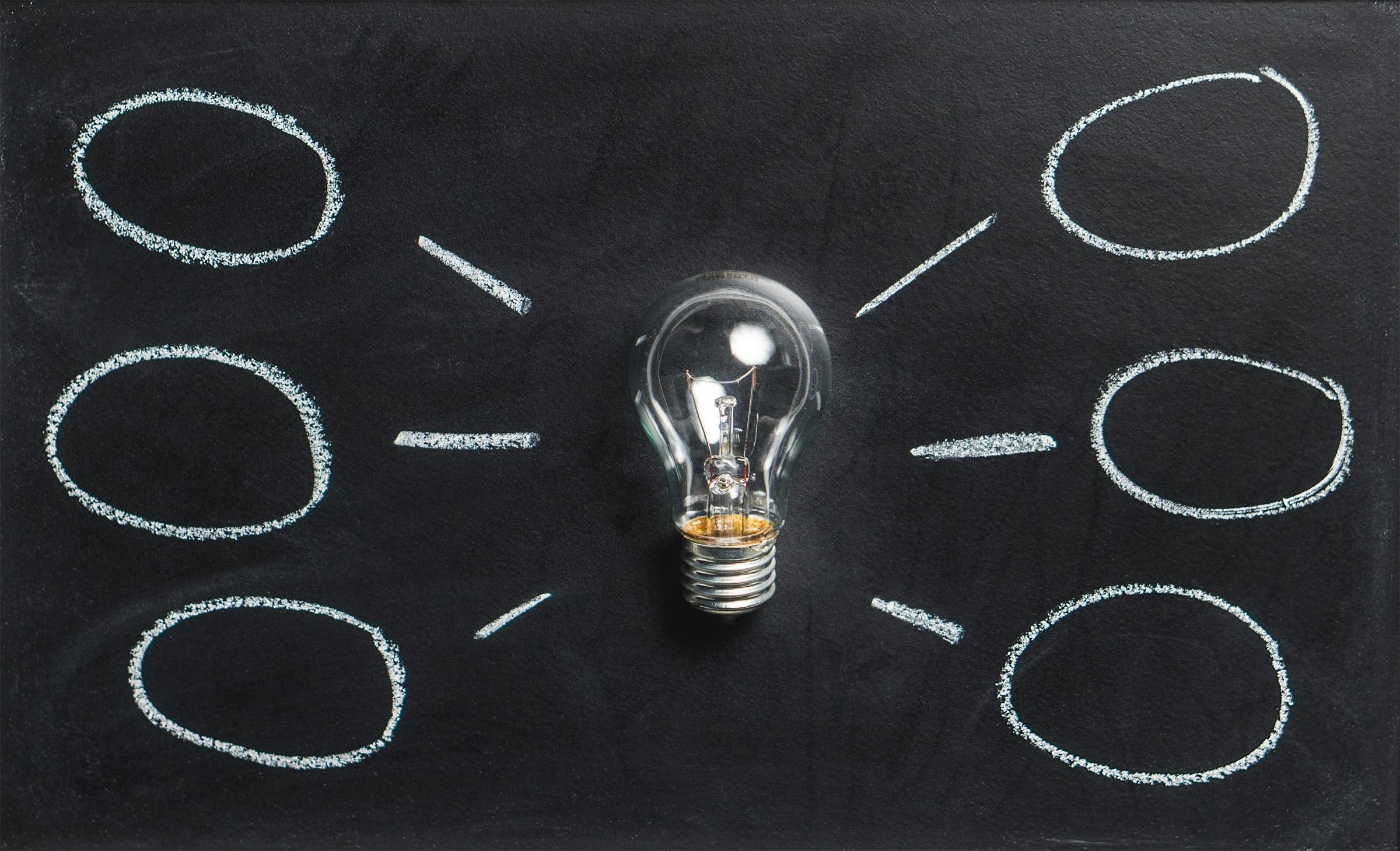Fractional distillation is a process that is commonly used to separate and purify liquids from each other. It is an important technique, especially in the chemical industry, for separating mixtures of liquids that have different boiling points. Increasing the efficiency of fractional distillation can help make this process more efficient and cost-effective. In this article, we will look at some useful tips on how to increase the efficiency of fractional distillation.Fractional distillation is a method of separating a mixture of two or more liquids with different boiling points. It works by heating the mixture to its boiling point, allowing the vapors to rise and condense, and then collecting the condensed liquids in separate containers. This process is repeated until all of the components have been separated.
Benefits of Fractional Distillation
Fractional distillation is a method of separating a mixture of compounds by using differences in their boiling points. It is a very useful process that can be used to create different products from crude oil. Fractional distillation is one of the most common and efficient methods for separating complex mixtures into their individual components, making it an invaluable tool in many industries. The main benefits of fractional distillation include its relatively low cost, high efficiency, and ability to separate components with similar boiling points.
Fractional distillation is much cheaper than other forms of separation due to its simplicity and low energy requirements. The process requires minimal input, as the only energy required is to heat the mixture to create vaporization, and this energy can usually be recovered through condensation. Additionally, fractional distillation works quickly and efficiently compared to other processes such as chromatography or settling, which may require days or weeks to complete.
Fractional distillation also has the advantage of being able to separate components with similar boiling points. This makes it ideal for separating complex mixtures such as
Optimizing Fractional Distillation Process
Fractional distillation is a widely used process for separating mixtures of liquids. The process involves boiling the mixture, and collecting the vapors that form at different temperatures. By controlling the temperature, pressure, and composition of the mixture, the desired components can be separated with precision. To optimize this process, there are a few key steps that should be taken.
First, it is important to ensure that the equipment is properly sized and equipped for fractional distillation. This means selecting a still with enough capacity to handle the volume of material being distilled. It also means using quality components, such as good-quality thermometers and condensers to ensure accurate readings and efficient collection of vapors.
Second, it is important to adjust the temperature and pressure of the mixture appropriately. This can be done by controlling the heat source or by adjusting other variables such as air flow or mixing speed in order to achieve precise temperatures throughout the process. It is also important to monitor these conditions closely during distillation, as small changes in temperature or pressure can affect distillate quality significantly.
Third, it is essential to
Temperature
The temperature of the mixture being distilled has a major effect on the efficiency of fractional distillation. Higher temperatures will result in a faster distillation process, as the vapors created will be more volatile and have a lower boiling point. However, if the temperature is too high, it can cause unwanted reactions or degradation of components in the mixture. Therefore, it is important to maintain an optimal temperature for efficient fractional distillation.
Pressure
The pressure within the distillation column also affects efficiency. In general, higher pressures result in faster distillation processes due to increased volatility of vapors in the column. However, too much pressure can cause unwanted reactions or degradation of components in the mixture and should be avoided for efficient fractional distillation.
Flow Rate
The flow rate of the vapor and liquid mixture is another factor that affects efficiency. If the flow rate is too slow, then it will take longer for each component to reach its destination and be separated from other components. On the other hand, if the flow rate is too fast then it can
Selecting the Right Fractionation Column for Maximum Efficiency
Fractionation columns are used to separate components of a mixture based on boiling point. Selecting the right fractionation column for maximum efficiency requires careful consideration and planning. The type of column and its design will depend on the components of the mixture, their boiling points, and the desired purity of each component. It is also important to consider factors such as pressure, temperature, flow rate, expansion ratio, and reflux ratio.
The first step in selecting a fractionation column is to determine whether a single-stage or multi-stage fractionation column is necessary. A single-stage column can be used when there are only two or three components in the mixture that need to be separated. This type of column has a single inlet and outlet and operates at one temperature. Multi-stage columns can be used when there are more than three components that need to be separated, as they allow multiple stages of separation at different temperatures.
The next step is to determine the type of plate arrangement for the fractionation column. Different types of plates can be used depending on the

Improving Separation Efficiency in Fractional Distillation
Fractional distillation is a common technique used to separate and purify liquids of different boiling points. To increase the efficiency of fractional distillation, various techniques can be employed. One of the most effective ways to improve the process is to increase the reflux ratio. This involves increasing the amount of vapor that is condensed and returned to the column, which leads to higher separation efficiency. Additionally, increasing the number of theoretical plates in a column can also improve separation efficiency, as more vapor-liquid contact occurs during each pass through the column.
Another way to improve separation efficiency is by controlling the temperature at different points in the fractional distillation system. By ensuring that temperatures remain consistent throughout, it can help ensure that components are efficiently separated and purified. Additionally, controlling pressure can also affect separation efficiency, as it affects vaporization rates and thus affects how quickly components are separated during fractional distillation.
Finally, proper design of a fractionating column can also help improve separation efficiency. For example, adjusting packing height or diameter can increase contact between liquid and
Increasing Purity Levels in Fractional Distillation
Fractional distillation is a method of separating a liquid mixture into its component parts, or fractions. This process is used when the different components of a liquid mixture have different boiling points. To increase the purity levels of the fractions obtained through fractional distillation, several methods can be employed.
The first step in increasing purity levels is to ensure that the starting material, or feedstock, is of high quality and free from impurities. This will help to reduce the number of impurities present in the fractions obtained after distillation. Additionally, using higher temperatures and longer distillation times can also help to further purify the fractions.
The use of fractionating columns can also help to increase purity levels during fractional distillation. The use of a fractionating column such as a Vigreux or Oldershaw column will allow for more efficient separation and increased purity levels due to their design structure which consists of multiple trays on which vapor condenses and refluxes back down onto previous trays before finally exiting out as purer liquid fractions from the
Safety Measures for Increasing Efficiency of Fractional Distillation
Fractional distillation is an important process used in many chemical and petrochemical operations. It is critical to have the right safety measures in place to ensure that the process is carried out safely and efficiently. Here are some tips on how to increase safety and efficiency when working with fractional distillation:
Firstly, use proper personal protective equipment (PPE) such as safety glasses, gloves, and respirators when handling hazardous materials. This will help protect workers from any potential health risks associated with working with chemicals. Additionally, it is important to wear appropriate clothing such as long sleeves and pants that cover exposed skin.
Secondly, make sure that all equipment used during fractional distillation is regularly inspected and maintained to ensure its proper functioning. Any broken or malfunctioning parts should be replaced immediately before using the equipment again. It is also important to check for any leaks or blockages in the pipes or tubes connecting the different components of the fractional distillation system before starting the process.
Thirdly, use proper ventilation when performing

Conclusion
Fractional distillation is a simple, yet powerful process for separating and purifying liquids. By optimizing the equipment and the process, efficiency can be increased significantly. The use of more efficient packing materials, higher reflux ratios, and larger diameter columns can all help to increase efficiency. In addition, careful monitoring of temperatures and pressures within the column can help to identify any potential issues that could be causing decreased efficiency. With the right combination of equipment and processes, fractional distillation can be a highly efficient system for separating and purifying liquids.
Ultimately, fractional distillation is an effective way to separate and purify liquids. By optimizing the equipment and process to increase efficiency, this method can serve as an even more useful tool for industrial applications. With careful monitoring of temperatures and pressures within the column, any potential issues that could be causing decreased efficiency can be quickly identified and rectified. Ultimately, with proper attention to detail and optimization of equipment, fractional distillation can be a highly efficient way to separate liquids.

